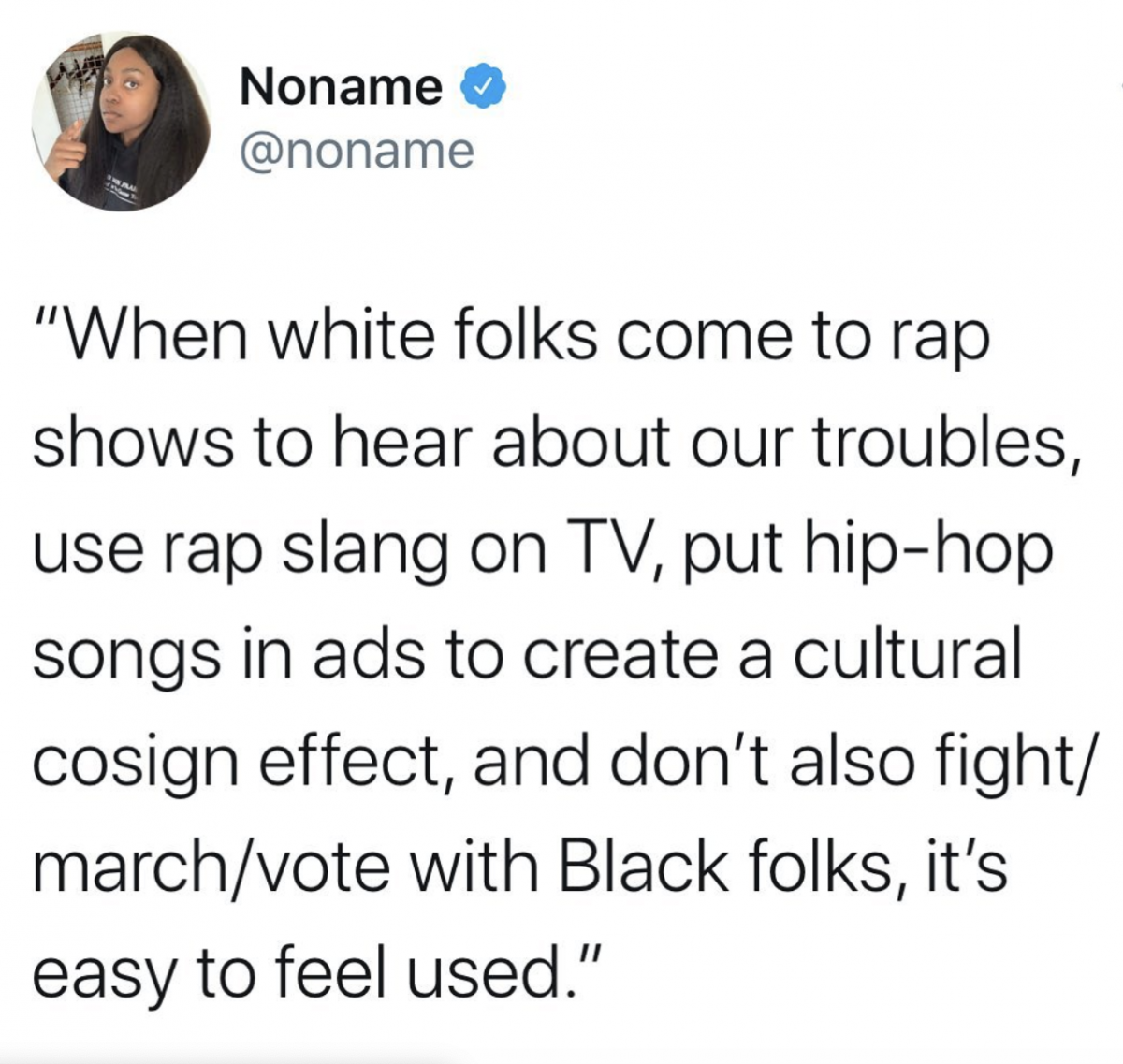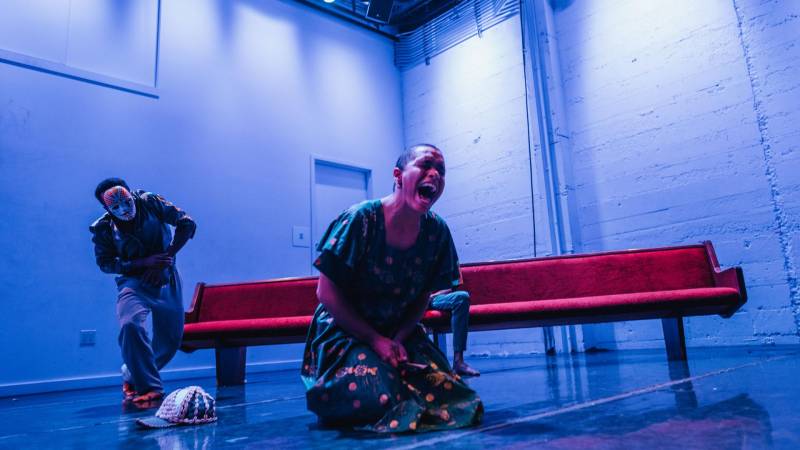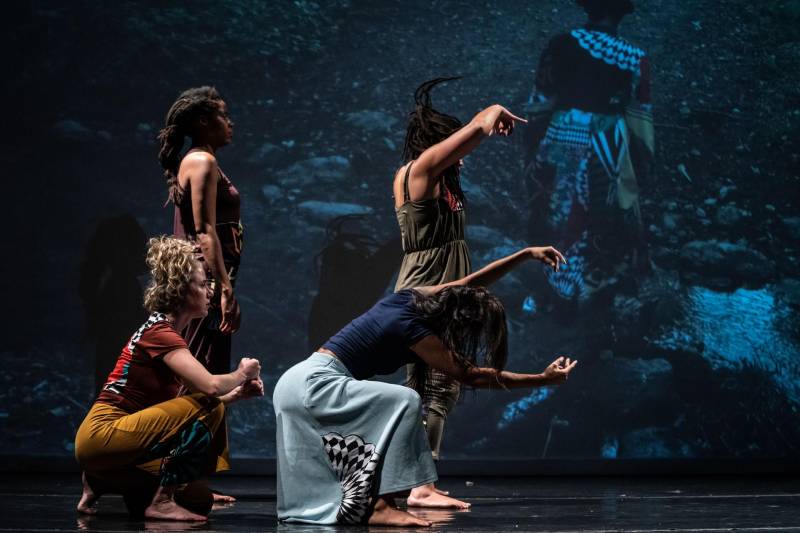A voice came from the area near the door in the lobby of the CounterPulse Theatre and Gallery in San Francisco, asking for all the attendees who identify as black of African American to come with them; the rest of the audience was instructed to head toward the general seating area.

A dozen black folks, a baker’s dozen including myself, were escorted up a set of stairs and into a small room. That’s where we saw a performance, an Igbo masquerade, for our eyes only. I’m not at liberty to recount further details of that aspect of the evening, but I can tell you this: I found what I had been searching for.
I had spent the previous week looking for, and trying to define, “black art.”
I read the article in the New York Times about the “rising presence of black artists of every ilk“—and the side-eye responses.
I saw the film Queen & Slim, read the articles praising it and critiquing it (and I cracked up at the hashtag #TweetLikeLena).
I read about the issues around Black Art spaces and ownership, spawned by Art Basel. (And of course, I saw the story about the $120,000 banana, and the person who ate the banana, and the Kanye meme it inspired.)
And I’ve been following Chicago rapper and book club founder Noname. She shook a few folks when she publicly stated her stance against performing in front of majority white audiences.

I found myself awake at 2am watching this interview with Toni Morrison, describing what it’s like to not adhere to the “white gaze” in her art. I also watched this old episode of Bernie Mac on Def Comedy Jam, because I’m pretty sure that’s where I get my definition of Black Art. The artists’ method of oral storytelling, the audience rolling in the aisle in reaction, and ownership over the content.
But… damn. What about the venue owner? And the distributor? (I was watching on YouTube, owned by Google.) There’s always something. Can you really have art that is fully black in America? Or is that a part of Black Art? You know, being creative despite the circumstances?

At Counterpulse, after coming down the stairs from the small room, we were asked to sit on three pews set up in a triangle in the middle of the stage area. Two long pieces of church-style red carpet made a cross in the middle of the pews; a pulpit sat in the middle of that.
We were in the show. Everyone else sat outside of the triangle, in the theatre seating.
The two-person mouth//full, written and performed by Gabriel Christian and Chibueze Crouch, included a set of spiritual dance performances and monologues focusing on experiences in the Black Church. Throughout the performance, the carpet became disheveled, and the minister’s pulpit was hoisted on Gabriel’s back and carried away; almost symbolically going from organized religion back to a space of open spirituality.
By the end of the performance, the group of us in the pews were invited to step into one of four groups based on affirmative statements we identified with—two of them led by guest artists Monica Hastings-Smith and Rev. Mutima Imani. Once groups were established, we shared in a session of communal chanting.
I damn near forgot there were other people in the audience.




